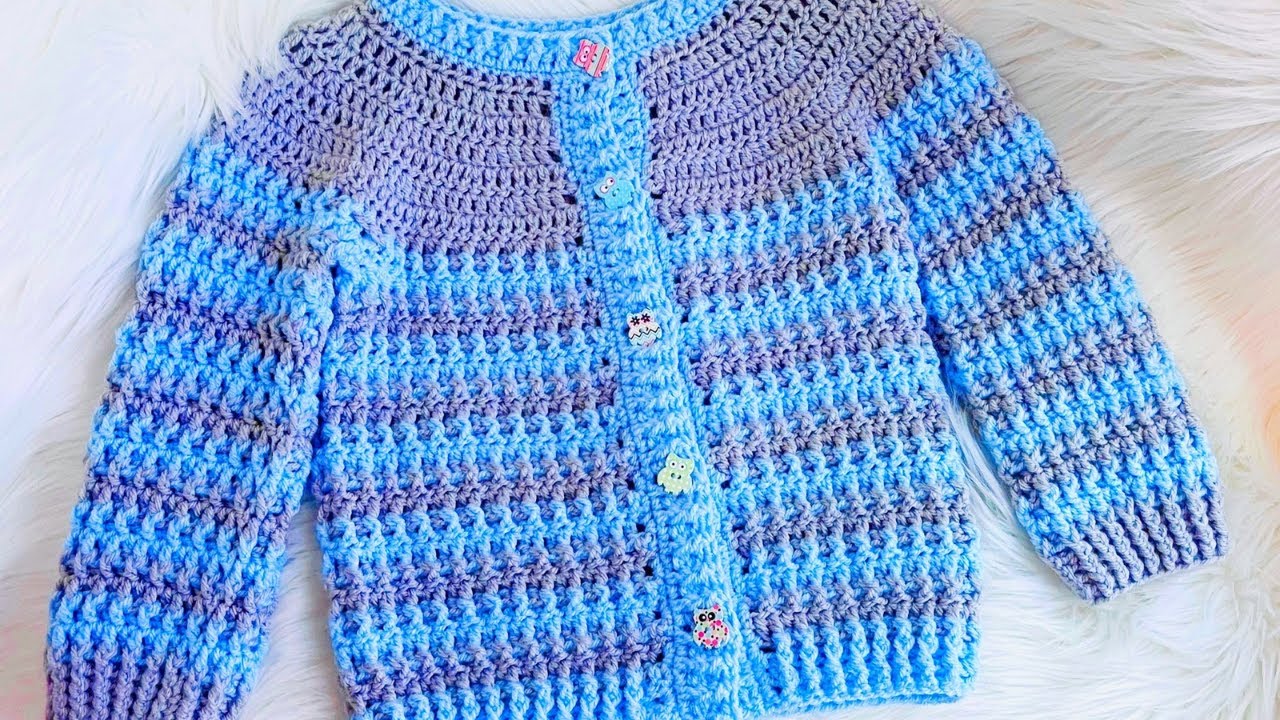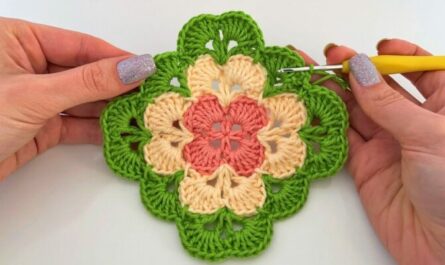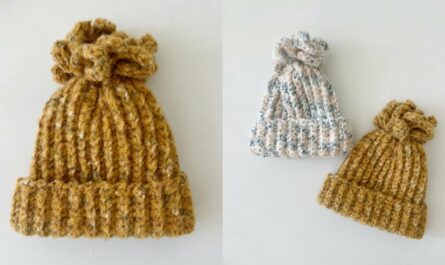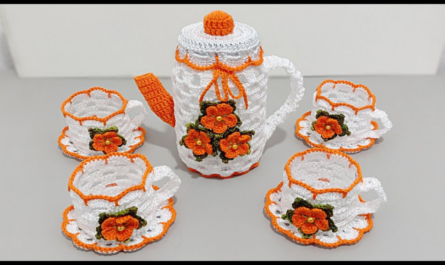A handmade crochet jacket is a cherished garment, a labor of love that can be treasured for years. While many patterns focus on baby sizes, the joy of creating a cozy, custom-fit jacket extends far beyond the infant stage. Crocheting a jacket for a child aged 1 to 10 years is a rewarding project that allows you to create a personalized, stylish piece they’ll love to wear.
This detailed article will guide you through the process of crocheting jackets for various ages, focusing on key considerations like sizing, yarn choices, and construction methods to ensure a perfect fit every time.
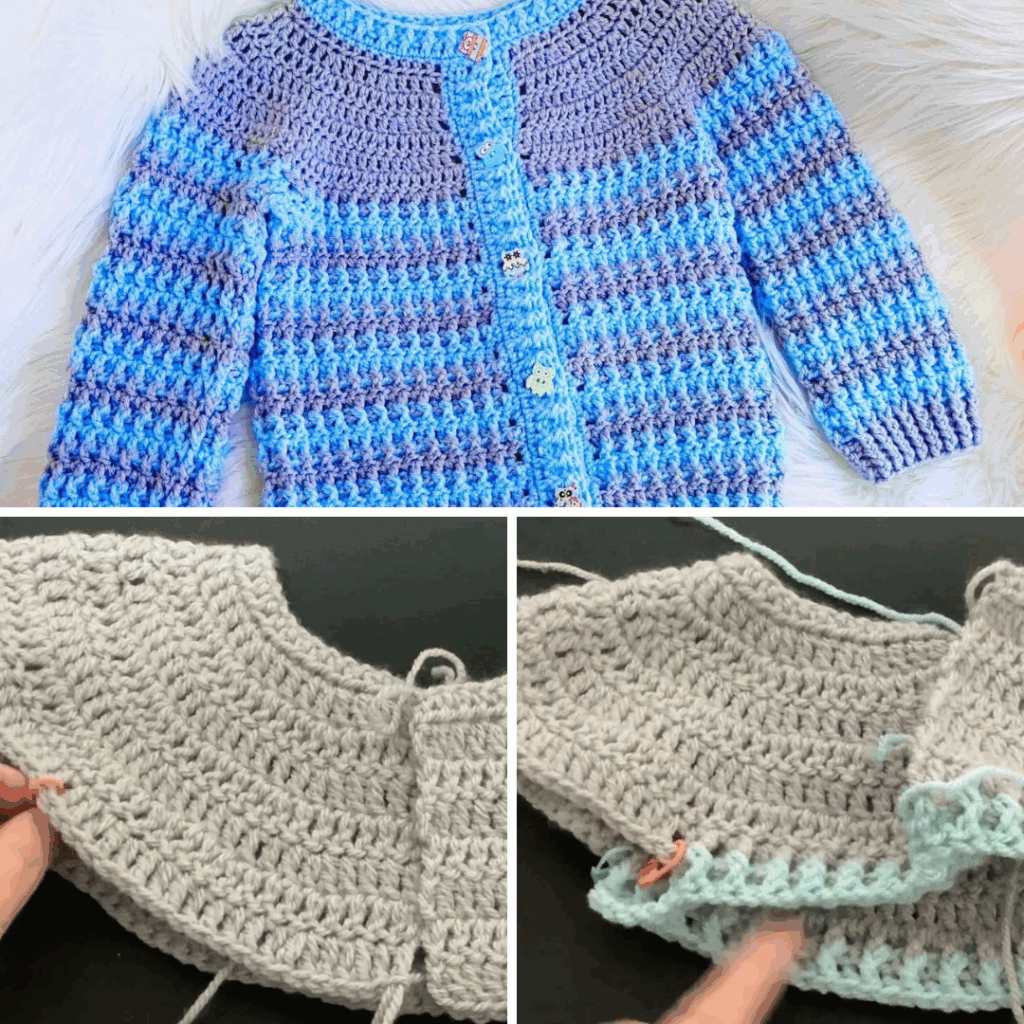
1. The Art of Sizing for Growing Kids
Unlike a baby’s rapid growth, sizing for toddlers and children requires a bit more foresight. A well-made crochet jacket can fit for more than one season.
- Measure, Don’t Guess: Always start with accurate measurements of the child if possible. Key measurements include:
- Chest Circumference: Measure around the fullest part of the chest.
- Jacket Length: Measure from the shoulder to where you want the hem to fall.
- Sleeve Length: Measure from the armpit to the wrist.
- Ease for Comfort: A jacket needs room for layering clothes underneath. For comfort and movement, add 2-4 inches (5-10 cm) of “positive ease” to the chest measurement. This extra space ensures the jacket isn’t too tight and can be worn for a longer period.
- Consider Growth: If you’re making a gift and can’t measure, check your pattern’s sizing chart. A jacket sized for a 2-year-old often fits a 3-year-old with a little room to grow.
Video Tutorial part 1
2. Choosing the Right Yarn and Hook
The right yarn is crucial for a jacket that will stand up to playtime and frequent washing.
- Yarn Weight:
- DK (Light Worsted): Perfect for lightweight, breathable jackets that are great for spring or cool evenings.
- Worsted: The most versatile choice. It works up at a good pace and creates a cozy fabric, ideal for a classic everyday jacket.
- Bulky: Great for a warm, quick-to-make coat. It will create a thick, substantial fabric, but remember that the heavier the yarn, the heavier the final garment will be.
- Fiber Content:
- Acrylic: A fantastic choice for kids’ wear. It’s durable, affordable, machine washable, and hypoallergenic. Modern acrylic yarns can be incredibly soft.
- Wool/Wool Blends: Offer superior warmth and elasticity. Look for superwash wools that can be machine washed to make life easier for parents.
- Cotton/Cotton Blends: Best for a lightweight jacket. They are breathable and comfortable in warmer weather.
3. Top-Down vs. Flat Panel Construction
There are two primary methods for crocheting a jacket, each with its own advantages.
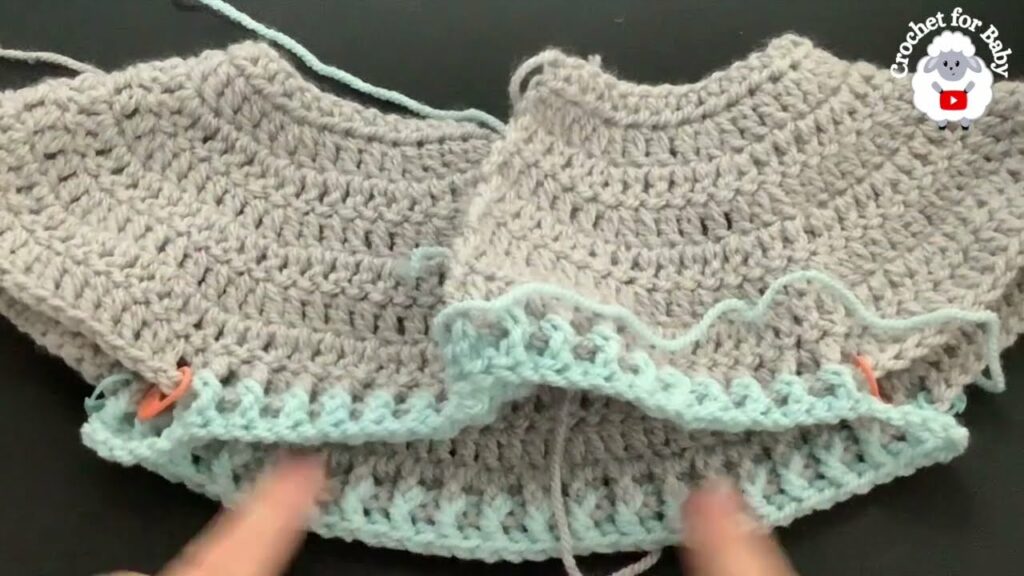
Method 1: Top-Down (Seamless)
This is a popular method for children’s garments because it’s so easy to customize.
- How it Works: You start at the neckline and increase stitches to form the yoke (shoulders and armholes). Once the yoke is the correct size, you divide the stitches and work the body and sleeves separately.
- Advantages:
- No Seaming: This is the biggest benefit. A seamless garment is more comfortable for a child and looks very clean and professional.
- Easy to Try On: You can have the child try on the jacket as you go, making it easy to check the fit and adjust the length of the body and sleeves.
- Ideal For: More experienced crocheters who are comfortable with increases and working in the round.
Method 2: Flat Panels (Seamed)
This is a more traditional and beginner-friendly approach.
- How it Works: You crochet three separate panels (one for the back and two for the front) and two sleeves. You then sew all the pieces together.
- Advantages:
- Simple Shaping: You’re just working in straight rows, which is easy to keep track of. Shaping for the armholes or neckline is straightforward.
- Beginner-Friendly: This is a great way to learn basic garment construction without the complexities of a seamless design.
- Ideal For: Beginners who want a straightforward project or for those who prefer working on smaller, more manageable pieces.
4. Key Design Elements
No matter which construction method you choose, these elements will make your jacket stand out.
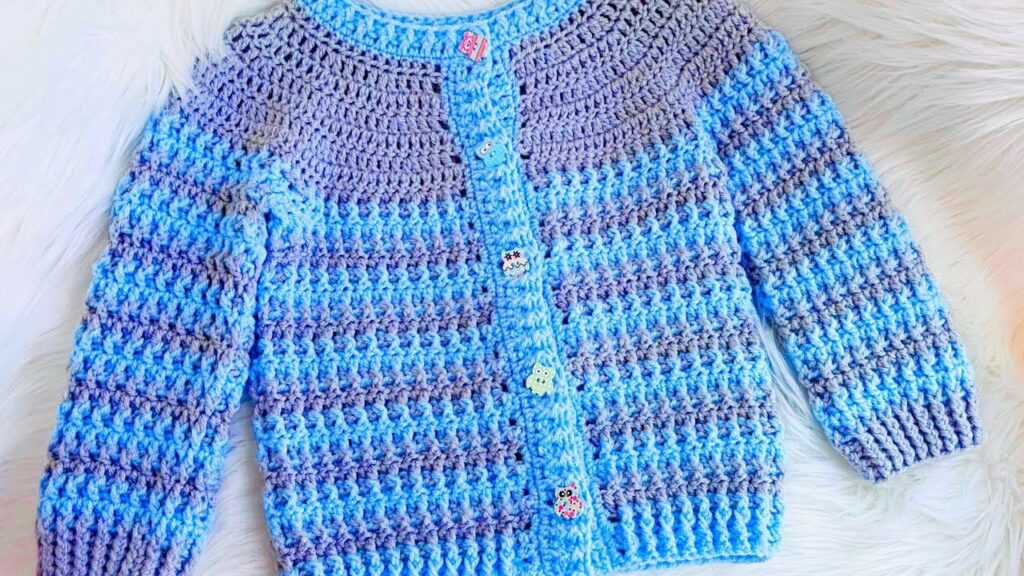
- Pockets: A must-have for any kid! A simple, square pocket can be crocheted separately and sewn on.
- Hood vs. Collar: A hood is a classic, cozy addition, perfect for a warmer jacket. For a lighter sweater, a simple ribbed collar is a timeless choice.
- Buttons vs. Zippers: Buttons are a popular choice as they are easy to crochet buttonholes for. Zippers are more difficult to install but offer a more modern look and are a good choice for a more substantial coat.
- Stripes or Colorblocking: This is a fantastic opportunity to play with color. A few simple stripes or a color-blocked design can elevate a basic jacket into a showstopper.
video Tutorial Part 2:
By carefully considering these factors, you can create a beautiful, custom-fit jacket that will not only keep a child warm but will also become a cherished, handmade treasure.
